
15. The Secret French Bunker

Adolf Hitler is known for committing some of the most horrifying atrocities in human history, but when this photographer stumbled upon his secret French bunker, he just had to take the risk and see what was inside.
14. Northern France Hide Out

The viral urban explorer and photographer Marc Askat decided to test his luck and ventured through the thickly wooded countryside in northern France. He was searching for a new and interesting subject for photographs and stumbled upon what is believed to be one of Adolf Hitler’s last bunkers and a place where the Nazi leader could have possibly plotted the invasion of Britain. It wasn’t new, however, it was extremely interesting. The haunting underground base is riddled with the history of one of the most devastating wars in human history, but despite finding and photographing the bunker, Askat won’t reveal its exact location.
His trip to this bunker in the remote French countryside, however, would be unlike anything he had seen so far.
13. Swimming Pool in The Countryside

This trip was already proving more difficult than the rest. From his photo above, this bunker was located deep within the forest. Historians know that Hitler fled to a bunker in German territory in a failed attempt to salvage his failing war efforts. But historians believe that wasn’t the only bunker Hitler used. Askat noticed a crumbling concrete building that was being enveloped by undergrowth and reclaimed by nature. He knew this had to be it–but then he spotted something truly unusual. It was an enormous outdoor swimming pool. After snapping the photo He went back and researched and learned that a giant tarp once hung above the pool to camouflage the possible German officers as they swam. The empty pool was now covered in moss, but the site of such a large swimming pool led him to believe the bunker below had to be of equal scale.
12. Secrets Behind Rusty Doors

Eventually, the urban explorer and photographer was able to find an opening. The bunker Askat discovered, although unique, was most likely far from the only bunker Hitler had in France. The ruins of Nazi bunkers still exist throughout northern France to this day, including the Batterie Todt near Normandy, and a rocket launching bunker that was never completed called Le Blockhaus. The Nazis occupied France for several years in World War II, but that all came to an end with the Liberation of Paris in 1944. Askat entered the bunker and began exploring a massive network of tunnels and rooms that sprawled beneath the surface for what he believes to be six miles. It started to look as if he was lost in a maze.
11. The Underground Maze
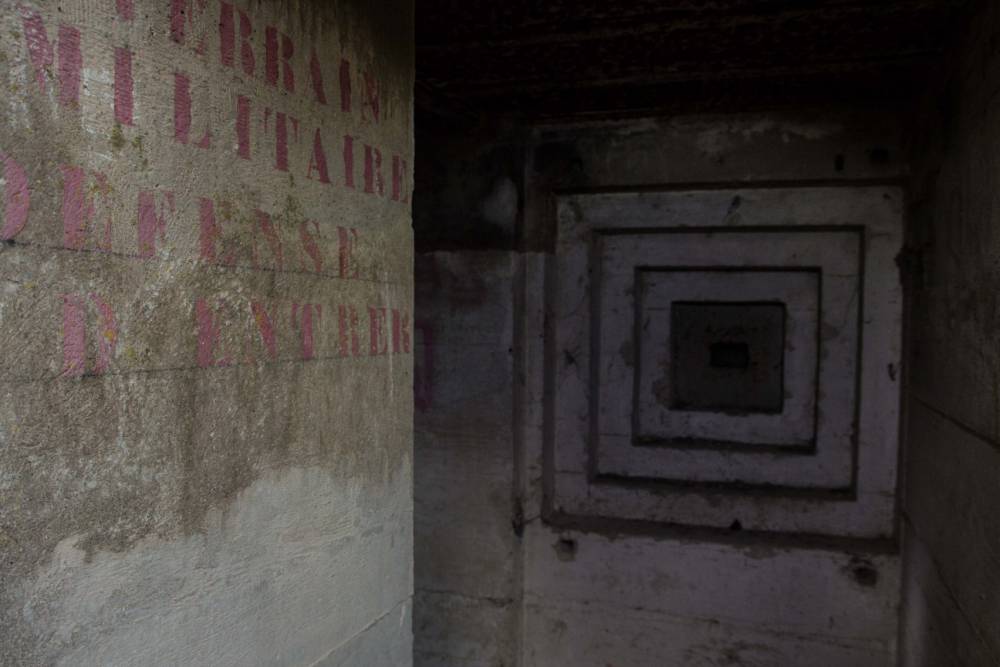
At its deepest point, the underground bunker was close to 100 feet below the ground; long hallways with different rooms in rows on both sides. Inside, he discovered crumbling ceilings, echoing hallways, and moss-covered military phrases stamped on the chipped walls. The bunker is scary on its own, but knowing that it was once inhabited by Hitler made the journey through the darkness even more chilling for him.
10. Pipes and Passageways
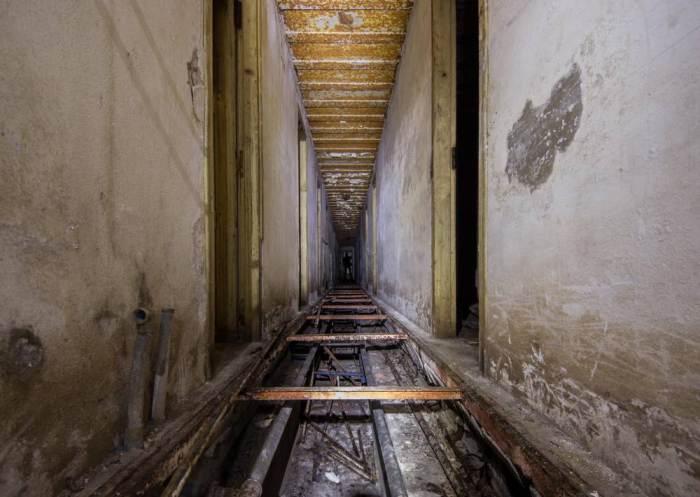
The name of the bunker Marc Askat found was Führerhauptquartier Wolfsschlucht II, and Adolf Hitler wasn’t the only terrifying figure who resided there. Here you see the floorboards fell away, exposing rusted pipes beneath. This wasn’t in every location of the bunker. The bunker served as the Nazis’ Western Front military command center and housed dozens of German officers and their staff. The maze of passageways and rooms would’ve been full of Nazis plotting the expansion of their regime. Marc continued to photograph along the sides of the hallways and captured much more.
9. Rust Covered Walls
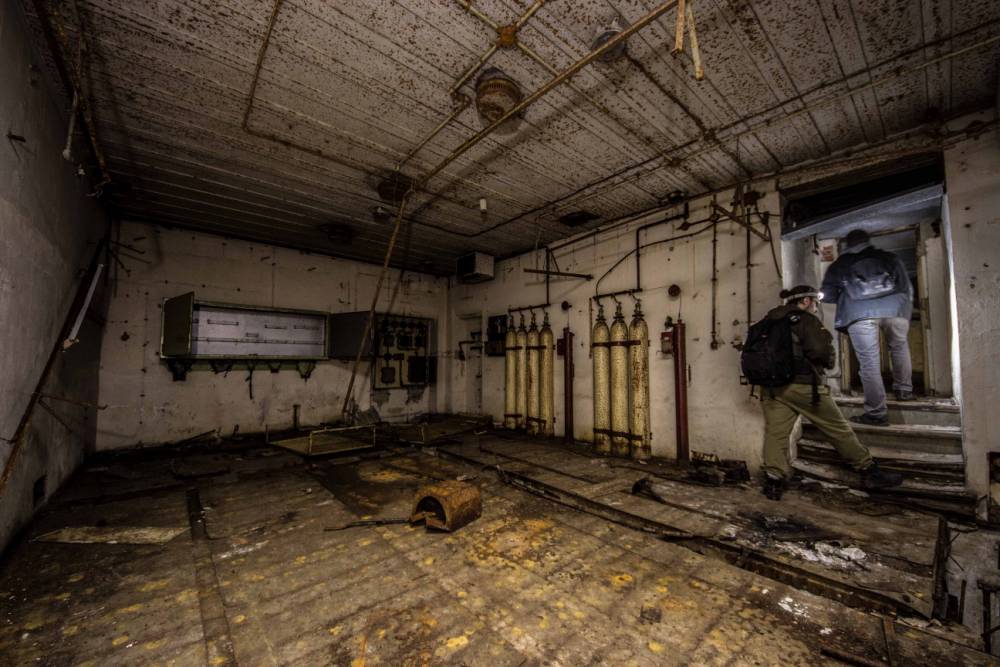
This room looks particularly interesting for many reasons. First, because there are tanks along one wall and something that resembled a medicine cabinet on another. What on earth was kept in here? More rust and mold on the ceiling can be seen as well, suggesting it was abandoned and never returned to. Marc knew he was coming up on more interesting finds as he continued onward.
8. Military Defense
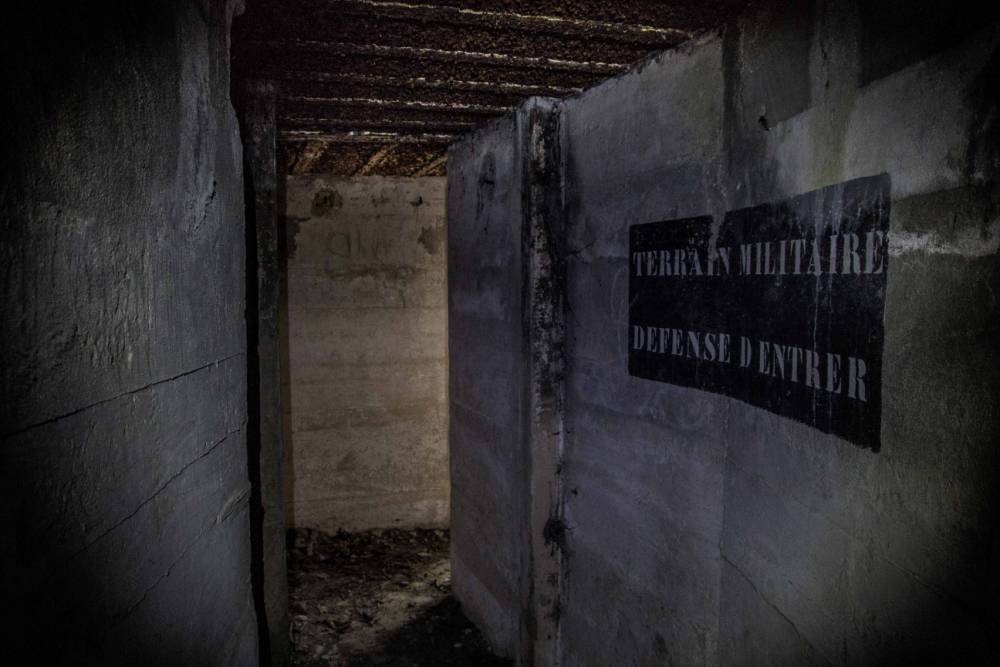
Marc’s photos remind people that state-sanctioned violence on a scale as massive as the Holocaust didn’t just happen overnight. It took resources, supporters, and massive infrastructure. “Terrain militaire defense d’entrer” as you seen on the wall directly translates to “military ground defense of entering”. It appears that this was some kind of holding room for ground defense. Things were about to get eveintriguingruiging as the bunker continued.
7. Living Spaces

Askat found harrowing reminders of the past. Though many of the floorboards had fallen away to reveal rusty pipes underneath, there were still old canisters and decaying debris strewn around some rooms—a reminder that this space was lived in by many people. Not just military personnel but probably the family of some of the military officers, as well. Marc wondered what life like in one of these bunkers–it coundn’t have been good.
6. If Walls Could Talk

Inside the bunker, Askat photographed the winding concrete corridors that continue to sprawl out deep underground. Gloomy passageways were reinforced with thick cement walls and metal doors to protect the Nazis plotting underground from Allied forces. The conditions in this bunker were probably hard to get used to, and it probably took a long time to figure out your surroundings. Then Marc spotted something that really caught his eye.
5. Top Secret
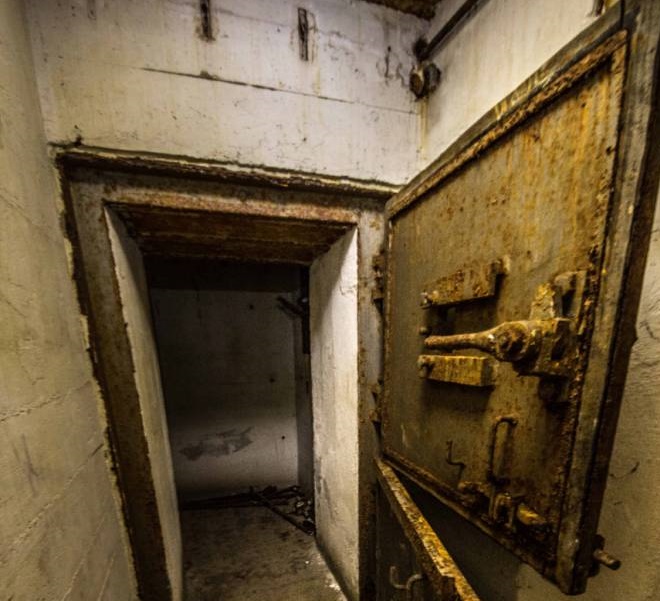
The deeper part of the bunker may have once served as an underground stronghold for Nazi forces and Hitler, but today it serves a much different purpose. From the looks of these doors, it would have taken a ton of manpower to infiltrate through this bunker if all doors were shut and locked. The top-secret location, to Marc’s surprise, actually turned out to be a current training site for the French Foreign Legion. Marc knew the importance of keeping the precise location a secret, even though he wanted to share his discovery. He kept exploring as he knew he was close to more interesting historical finds.
4. Keepsakes
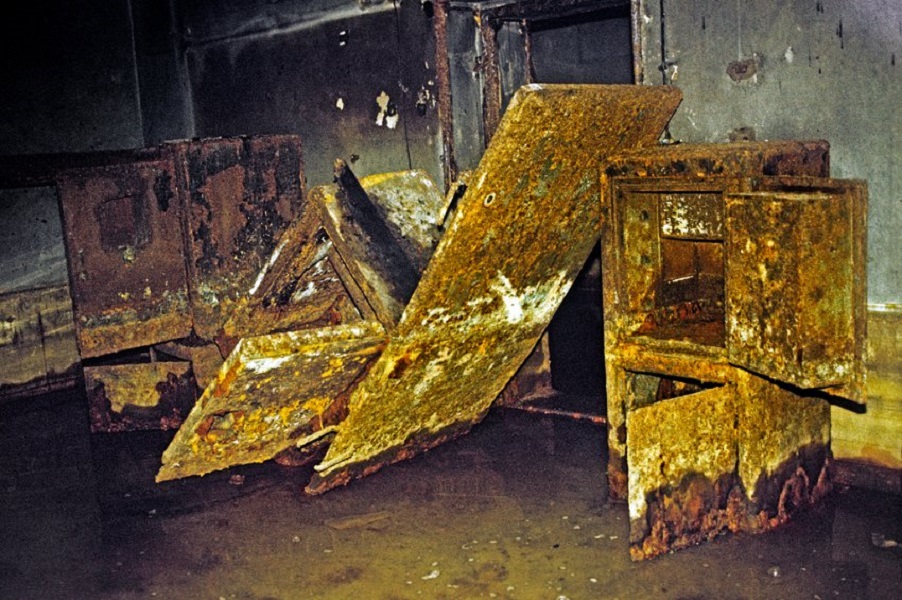
The bunker was full of rusted over safes and heavy metal doors to various secret rooms, trap doors, and hiding spots. How could all of this been down here and nobody have known in a nearby town? Photographer Robert Conrad dove deeper into the history books and discovered that the public actually did have major concerns over the bunkers being built. The newspapers at the time, however, wouldn’t even call them bunkers, avoiding talking about it at all. This set a very dangerous precedent for a lot to go on in secret. “Of course there was nothing in the newspapers about the Nazi bunkers. That was very much a taboo subject, as was everything about the Nazi period,” Conrad explains, “Officially, they were just constructing a new residential neighborhood.” It was a dangerous job to bring the truth to light, and Marc knew this all too well.
3. Dangerous Job

Photographer Robert Conrad risked his freedom well over 30 times just to get exclusive pictures of this bunker. He started his work in 1987 and only recently decided to reveal some of the haunting photos. He feared his life would be in danger if he would have shared the pictures or his actions back then. This was the very place Hilter may have made some of his biggest decisions and cruelest acts against humanity.
2. The Urban Explorer

Robert Conrad, photographed many of the iconic historical sites from the darkest of times. He also captured images of where some of the most pivotal moments in history took place. Behind him is known as the “Führer’s bunker” and it is where Hitler shot himself way back in April 1945. “I didn’t go to the bunkers hunting for relics or out of some secret admiration for the Nazi regime,” Conrad says. He says that he was more concerned with documenting the architecture that was found in the bunker.
1. Keeping Secrets

Marc was pleased and wanted to show off his historical find to the world. This is a picture of the outside of the bunker, a small hint of where the bunker could be located but still keeping the located very much a secret. Marc didn’t publish photos of the whole underground either, as he wanted some of it to remain a mystery.








